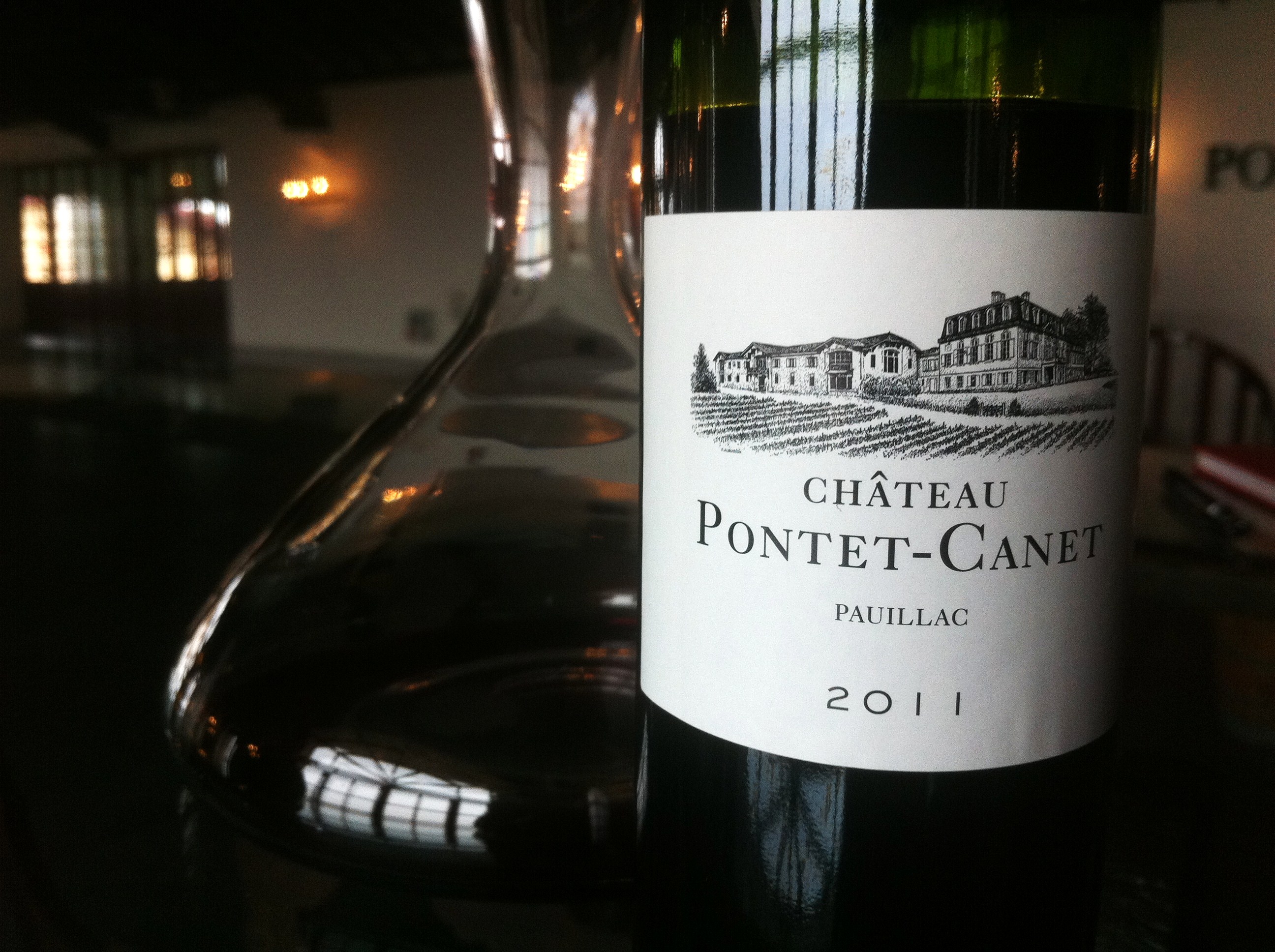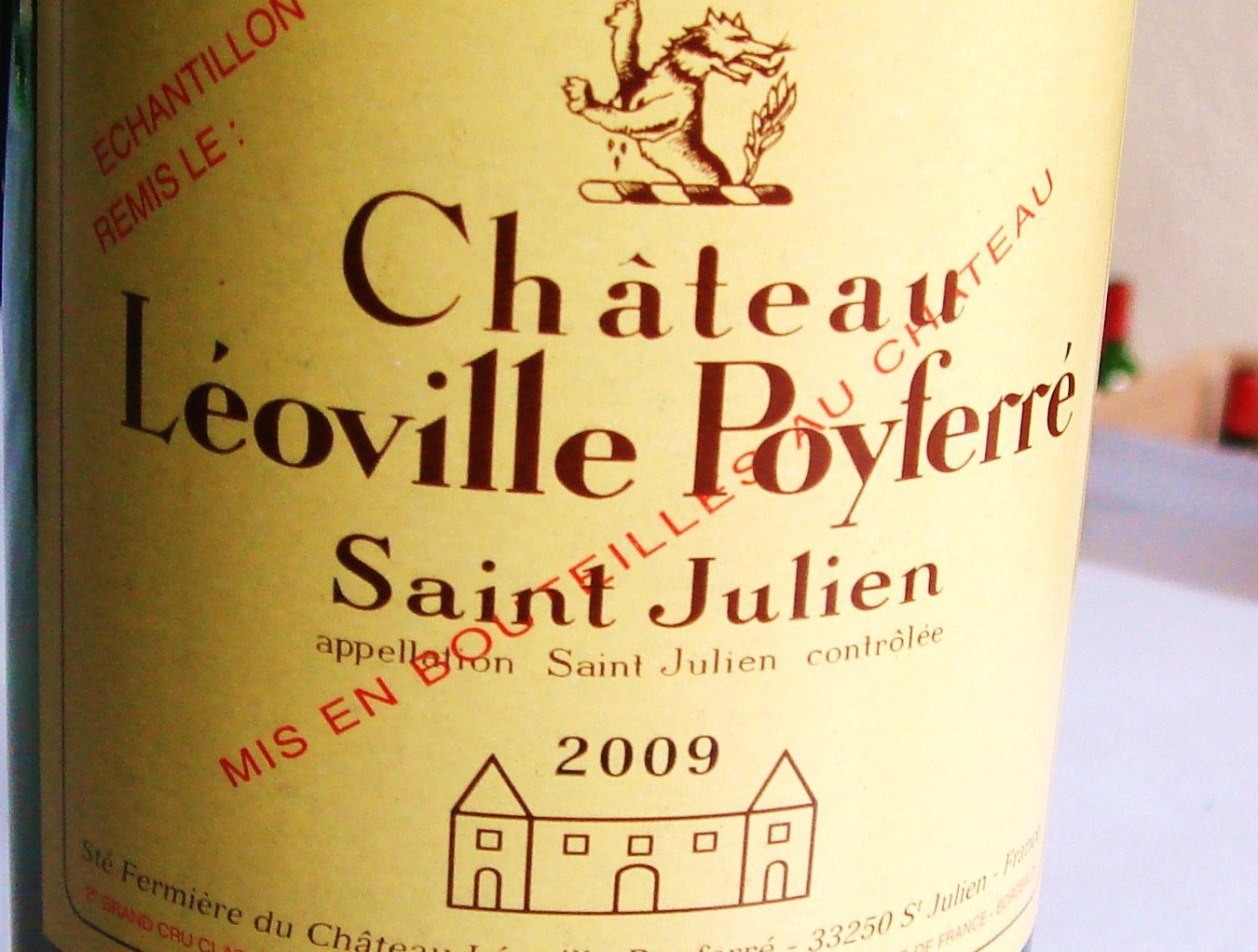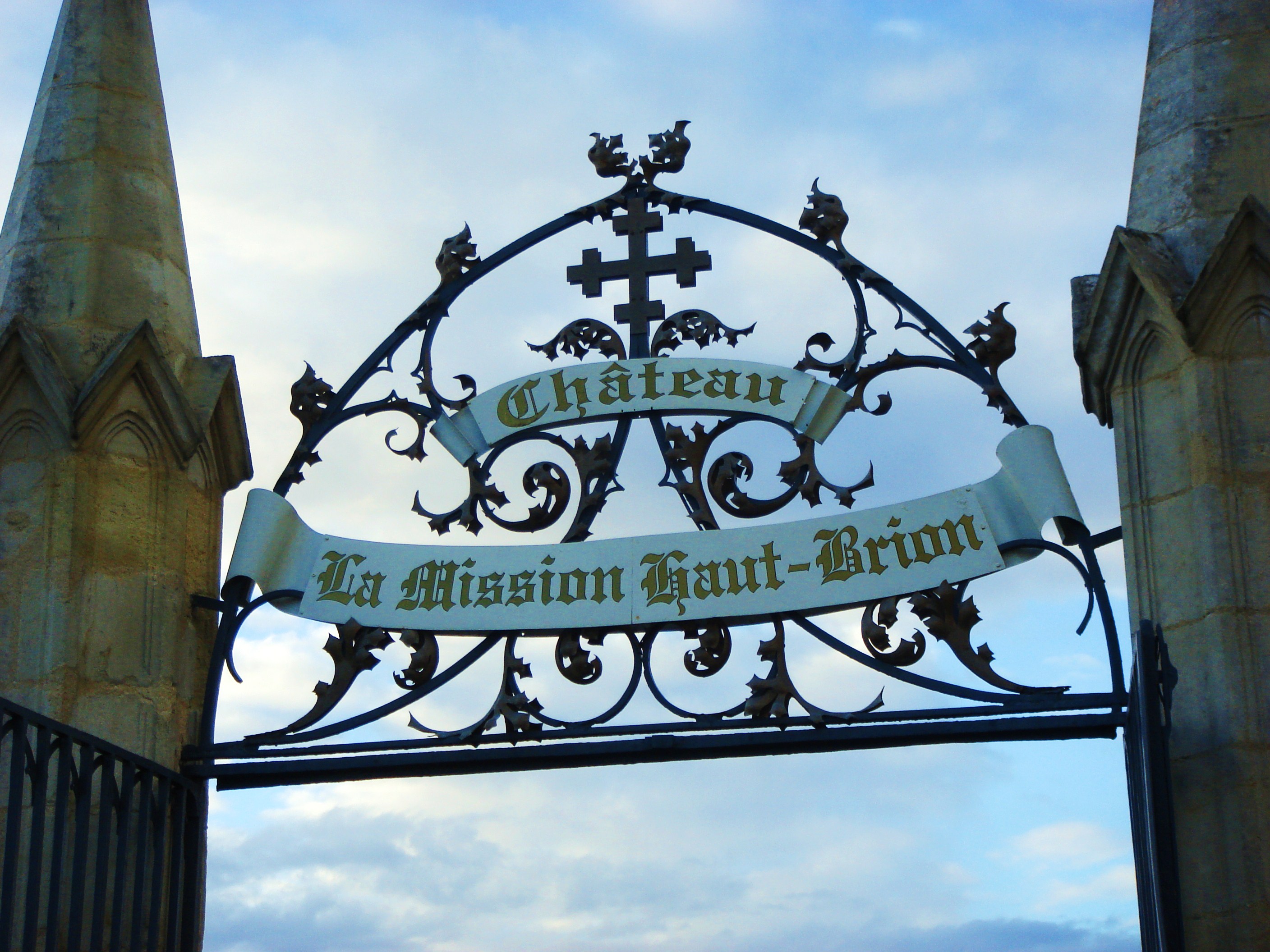Bordeaux 2009 Primeurs: Chateau Margaux and the idea of perfection
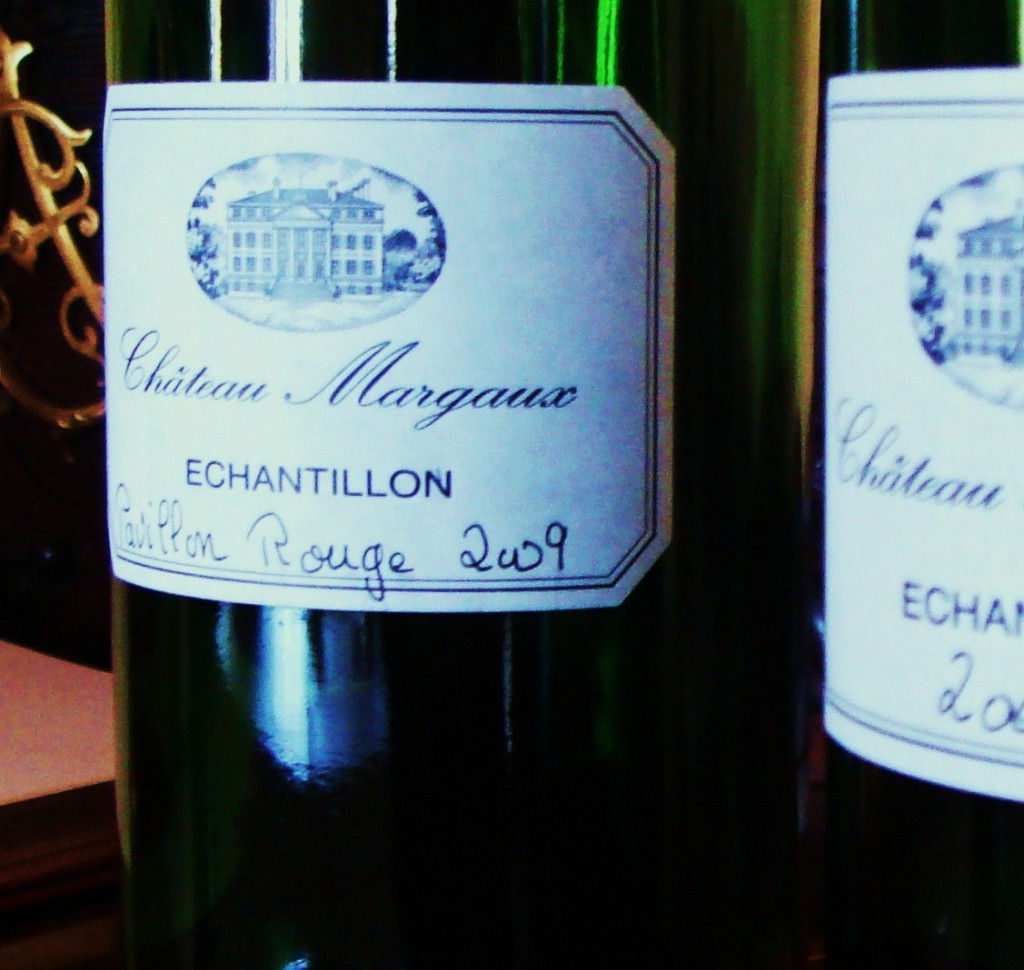
In 2009 can Chateau Margaux achieve the impossible and be rewarded with a score greater than 100 – or greater than 20 for those a bit snobby about the percentage scoring system? Why not? If you are prepared to award the perfect score, then once perfection is achieved are there not degrees of improvement to be had? Why stop at 100? If not how exactly is further excellence defined and quantified? So does Chateau Margaux 2009 merit a score of say, 105 points out of a hundred, instead of simply one hundred?
Well certainly Paul Pontallier and his staff at Chateau Margaux think they have produced a grand vin hitherto unseen in the history of winemaking at the Chateau in 2009. Having tasted the wine last week I’m tempted to think they may be right. Again it is very early days here but Chateau Margaux 2009 is, indeed, a profoundly attractive and deceptively concentrated wine – a wine of terrific focus and precision. But is it better than perfect? Is it even perfect? Well it’s certainly approaching perfection. To me in 2009 Chateau Lafite-Rothschild fractionally has the edge on Chateau Margaux, but this is a case of tiny fractions indeed and a different verdict could be given in a few months time. Also like I say, the Margaux wine is deceptive.
Anyhow more details on the vintage conditions in 2009 from the Chateau. Again as with much of the Médoc, Chateau Margaux and the Margaux appellation, enjoyed a really unusual summer. After a cold, dry winter and a cool and rainy April, May saw warm temperatures and weather that was settled enough to see a quick and even flowering giving an even fruit set and later enabling a consistent ripening of the grapes on the estate. By early summer the drought began and there was hardly any rainfall between July 10th and the eventual end of the harvest on 14thOctober. It was a vintage as dry as 2005. This had a number of effects. In particular the lack of moisture slowed down the ripening process such that the grapes ripened slowly in the late summer heat. Nights were also cool, despite the heat, which in combination enabled the grape tannins and anthocyanins to concentrate in the skins of the grapes and preserve delicacy and freshness of aroma.
The drought also favoured those sites with the best soils [or terroirs] where the vines had dug deep down to moisture stores way below the surface. Those vines on the lighter soils and less clay based tended to struggle more than the others to attain proper ripeness. These dry conditions also favoured Cabernet Sauvignon because it is a variety less affected by drought than Merlot. In the end for the Grand Vin at Margaux it was the best parcels that produced the wine, and only these core parcels, as opposed to those for Pavillon Rouge, that went into the final Chateau Margaux blend. Only 36% of the crop made it into the Grand Vin, 87% Cabernet Sauvignon, 9% Merlot, 2% Cabernet Franc and 2% Petit Verdot. The estate reckons that the quality of the Cabernet Sauvignon was the best ever, only finding its equivalent in 2005, but with the fruit in 2009 being more tender. The Merlot was exceptional and without parallel. Alcohol is at 13.1% – surprisingly fresh and modest. It is perhaps this that makes the 2009 seem so harmonious and precise.
Chateau Margaux, Premier Grand Cru Classé, Margaux, 2009
Dense, concentrated look; legs; very clean and very fresh; very polished for such a young wine; pure and pretty; red fruits, cassis and blackcurrants here; very layered nose; real concentration and power on the palate but held in check by a surprising elegance. Soft, ripe tannins, very attractive and pure. Excellent length. Not an obvious powerhouse but then this is Margaux. Dense and pure with amazing focus and deceptive elegance. A wine that is approaching perfection. 98-100/100 Tasted 1st April 2010.
Again the Chateau rate their Pavillon Rouge as probably the best ever in terms of balance, freshness, tannic ripeness and concentration. The vintage was extended until 14thOctober to try and allow the later plots for Pavillon Rouge to get fully ripe, though some didn’t make it because of the severe drought. Quantities of Pavillon are therefore down 23% and represents only 41% of the entire crop. It is a blend of 67% Cabernet Sauvignon, 29% Merlot and 4% Petit Verdot.
Pavillon Rouge du Chateau Margaux, Premier Grand Cru Classe, Margaux, 2009
Deep and dense right up to the rim; legs; very attractive red fruits, raspberry notes; real ripeness; rich and dense with wonderful layers of flavour; very supple on the palate; soft ripe tannins; density here and power yet with elegance. Very good wine indeed. 92-94/100 Tasted 1st April 2010.
Despite the drought and heat, the balancing cool nights also appear to have enabled Margaux to produce an excellent Pavillon Blanc in 2009, the 100% Sauvignon Blanc that is often described as the finest white wine in the Medoc. It is less alcoholic than 2007 [15.5%] and comes in at a respectable 13.9%. Only 32% of the crop went into the final blend. 2009 is certainly an unusual vintage in that it appears to be excellent for both red and white [and also sweet white, more of that later…].
Pavillon Blanc du Chateau Margaux
Pale straw; fresh and clean, wonderfully exotic notes – citrus, cashew and grapefruit in a restrained style. Concentrated palate; lively dense; again citrus and grapefruit, minerals and a little waxy note. Very good. 92+/100 Tasted 1st April 2010
Prices and demand
There will probably be little news on the opening price of Chateau Margaux much before May I’d imagine. With the Chateau this excited about their wine I’m sure it will be priced extremely firmly and who can blame them. The 2005 from memory was offered around the £3500 mark [$5200] and I’m sure we’ll be in this ball park if not more. It’s worth noting that since release the 2005 Margaux has shot up to £7000 [$10500] a case as of April 2010 and it has actually been higher, so the original opening price in fact seems almost reasonable. First Growths have for a number of years now been the preserve of the super rich and the speculators. On my various visits last week [driving in my Fiat 500 rental from Avis] I was accompanied to Mouton and Lafite by a string of highly valuable cars including a yellow Lamborgini. The super fine wine crowd today is very Karl Lagerfeld – that is to say exclusive and extremely wealthy. Maybe nothing really changes and it was always that way – it’s just a bit more democratic now. They let me in after all.
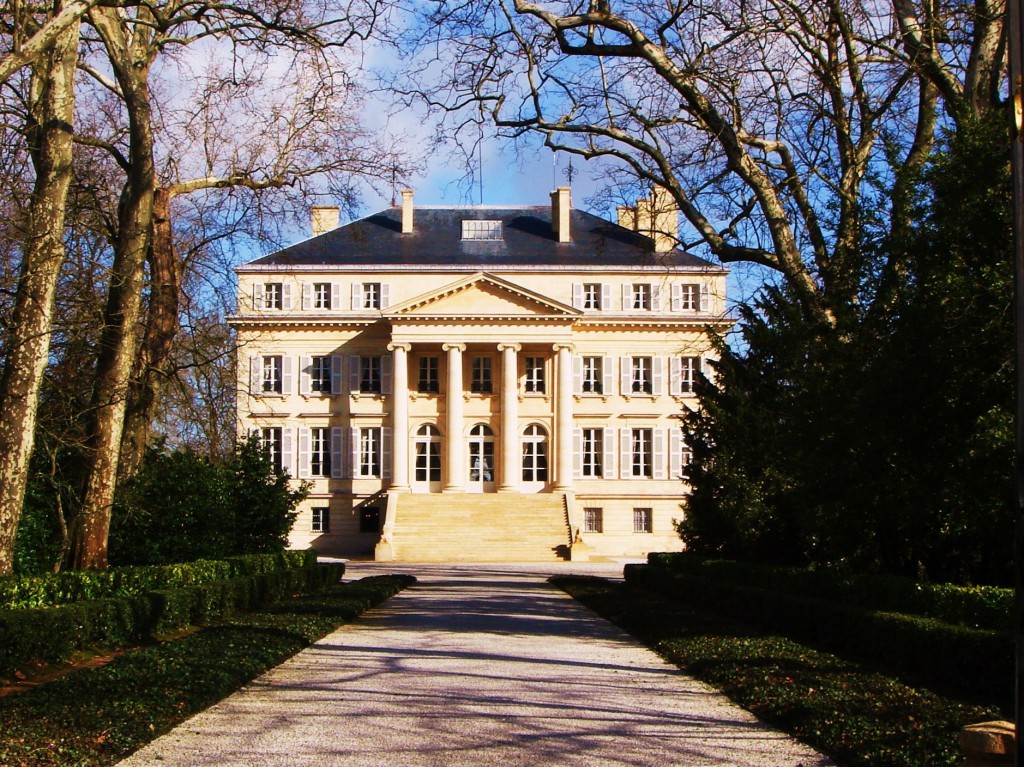
Tags: 2009, Bordeaux, Cabernet Franc, Cabernet Sauvignon, Chateau Margaux, Margaux, Médoc, Merlot, Paul Pontallier, Pavillon Blanc du Chateau Margaux, Pavillon Rouge du Chateau Margaux, Petit Verdot, Premier Grand Cru Classé
